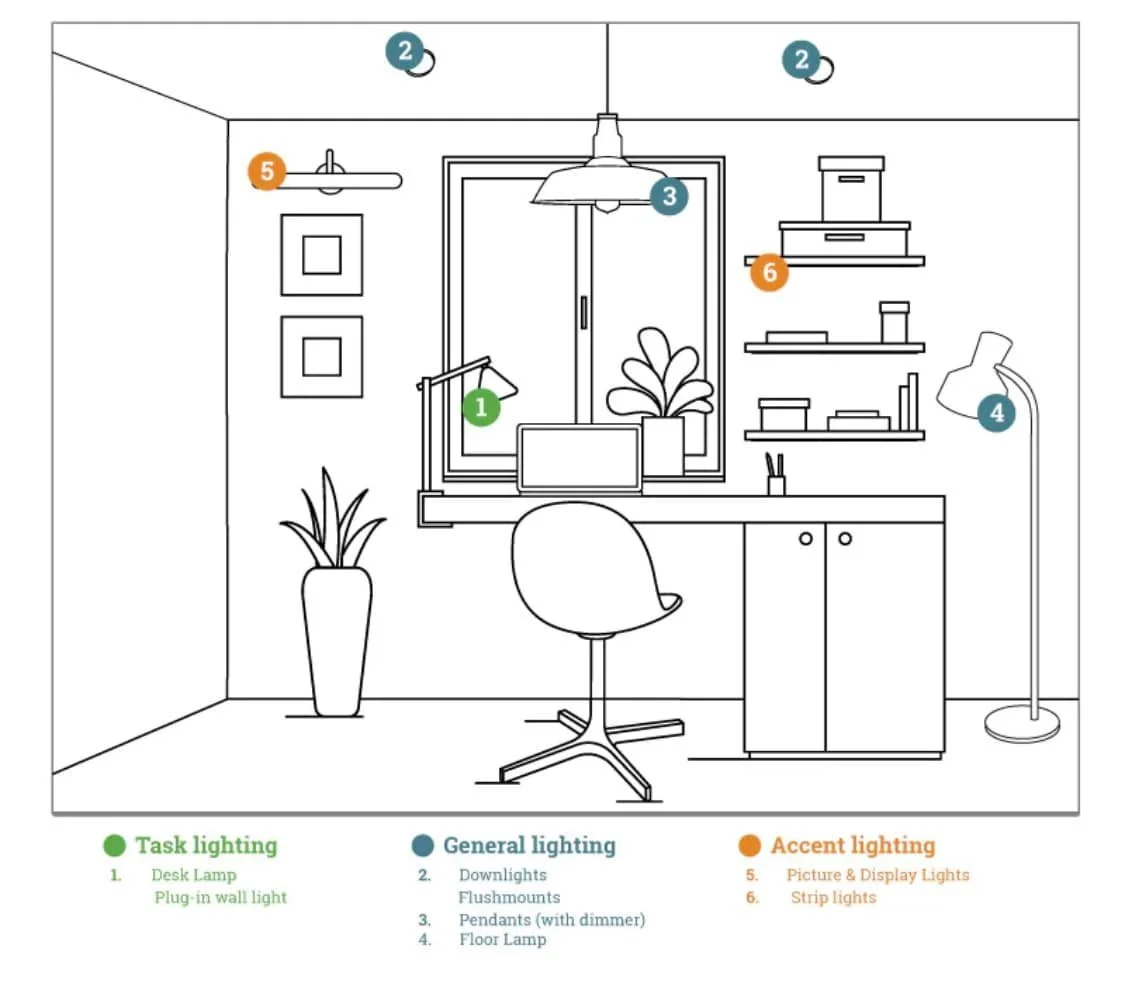PLANNING LIGHTING THAT MAKES PEOPLE FEEL GOOD (AND BUY)
Lighting isn’t just a finishing touch.
It’s part of the layout. It shapes how a room feels, and how people behave in it.
Lighting isn’t just a finishing touch.
It’s part of the layout. It shapes how a room feels, and how people behave in it.
And in flips? That matters.
Because when a room feels good, buyers don’t just notice it.
They want it.
The problem is, lighting is one of the most common things left out of a renovation plan.
Especially if you’re not doing a full rewire.
But even with existing fittings, there’s a lot you can do to make the space feel brighter, warmer, and more emotionally inviting.
Let’s break it down.
Think in layers - not just lights.
A well-lit room always includes three types of lighting:
General lighting (the ceiling light)
Task lighting (focused on specific activities, like cooking or reading)
Accent lighting (used to highlight a feature, like artwork or a shelf)
These aren’t optional extras. They each serve a role. And they all work together to create that “this feels right” reaction buyers don’t always know how to name, but always feel.
You don’t need a techy set-up either.
You can retrofit controls, use plug-in dimmers, or even smart plugs.
The goal is flexibility: everything should ideally turn on together, then be adjustable.
Some key tips to get it right:
If a light is off-centre, work with it, not against it. Use furniture placement and floor lamps to balance things out.
Never rely only on ceiling lights. They’re harsh, they cast shadows, and they’re unflattering.
Task lighting matters in every room:
Bedside lamps in bedrooms
Undercabinet lights in kitchens
Vanity lights in bathrooms
Desk lamps in workspaces
Dark corners kill a room’s mood. Use floor lamps or shelf lighting to soften and spread the light.
Use daylight where you can, but soften it with sheers if it’s too harsh.
And for comfort and visual wellbeing:
Make sure your task lights are in front of the person, not behind—no one wants to work in their own shadow.
Avoid strong glare. If one part of the room is lit like a surgery and the rest is dark, it strains the eyes. Use ambient light to even things out.
This isn’t about fancy light fittings.
It’s about understanding how light affects mood, flow, and function.
When buyers walk into a home that’s softly lit, feels balanced, and shows care in every corner, they stay longer.
They connect.
They want it.
That’s how you make light part of your strategy, not just your shopping list.

